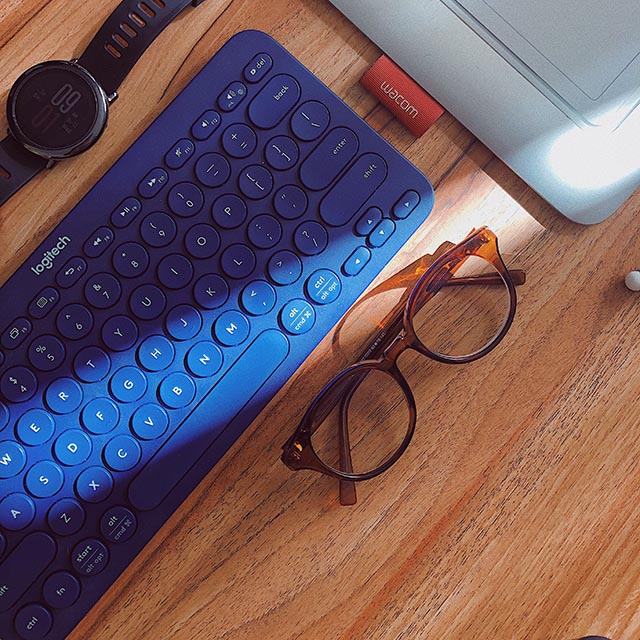Do you want to know the truth about the top 5 myopia myths?
Myopia affects 1.45 billion people worldwide and is the most common refractive error among children and young adults.
Myopia, also known as nearsightedness, occurs when the eye elongates, and rays of light entering the eye are focused in front of the light-sensitive retina rather than directly on it. This causes blurry distance vision.
Myopia is not just blurry vision, but can lead to serious sight-threatening eye diseases.
If you think you or your child may have myopia, contact an eye doctor near you to schedule an eye exam.
SEE RELATED: What’s Worse: High Myopia or Smoking?
Myth 1: Myopia only affects children
Fact: While in most cases nearsightedness develops in childhood, it is also possible to develop this condition during your adult years.
Eye examinations for children showing early signs of blurry vision are vital to rule out blurry vision due to an eye condition known as ‘pseudo-myopia’.
The blurry vision is due to eyestrain or a binocular vision dysfunction and vision therapy or reading/computer glasses might be prescribed to clear up the vision, without needing distance glasses for full-time use.
Myth 2: Wearing contact lenses or eyeglasses makes myopia worse
Fact: Prescription contact lenses and eyeglasses do not worsen myopia. Corrective glasses help you see clearly and comfortably.
There are even certain types of optical lenses that your eye doctor may prescribe to help manage myopia progression.
Some people mistakenly believe that wearing weaker lenses than the ones prescribed by your eye doctor will prevent your eyesight from getting worse. In reality, wearing a weaker prescription contradicts the purpose of using corrective eyewear, which is to correct your vision.
Schedule an eye exam with an eye doctor to find out which type of lens can help manage the progression of myopia.
Myth 3: To cure myopia, take vitamins
Fact: Vitamins have been proven to prevent and slow the progression of some eye conditions including cataracts and age-related macular degeneration (AMD).
However, no vitamin has been shown to cure or prevent myopia. All vitamins and supplements should only be taken under the advice of your healthcare professional.
Myth 4: Vision therapy can’t help control progressive myopia
Fact: Vision therapy can help with progressive myopia.
People who have reduced focusing skills, have a greater risk of developing progressive myopia.
Vision therapy is an effective treatment for people whose myopia is caused by poor eye focusing skills and not the shape of the eye.
Vision therapy is a personalized program that trains the visual system, including the brain-eye connection, to work more efficiently— thereby improving focusing abilities.
Myth 5: There is no way to slow down the progression of myopia
Fact: There are a number ways to slow the progression of myopia.
Myopia Management is an evidence-based treatment that has been clinically proven to slow down the myopia progression.
Myopia Management may also prevent serious life-changing vision loss.
This treatment program includes:
- Multifocal lenses, which offer clear vision at various focal distances. There is scientific evidence that wearing multifocal glasses or multifocal soft contact lenses during the day can limit the progression of myopia compared to single-vision glasses or contact lenses.
- Orthokeratology/Ortho-k are specialized custom-fit contact lenses that have been shown to decrease the rate of myopia progression. Ortho-k gently reshapes the cornea overnight, during sleep.
Spend more time outdoors. Studies have found that children who spend significant time playing outdoors in the sunlight may have slower myopia progression than children who spend more time indoors.
Take a break. Doing close work, such as reading, doing homework, and spending an excessive amount of time looking at a digital screen has been linked to myopia.
Taking frequent breaks to focus on objects farther away can help. One well-known eye exercise is the 20-20-20 rule, where you take a 20-second break to view something 20 feet away every 20 minutes.
Regular eye exams are essential to determine whether early detection can help prevent or slow the progression of myopia.
LEARN MORE: Guide to Pediatric Eye Conditions
Schedule an eye exam with a vision therapy eye doctor, who can diagnose and manage your myopia.










